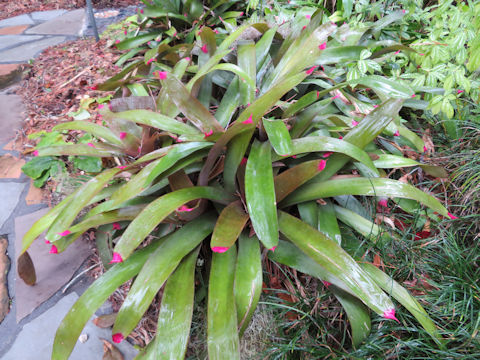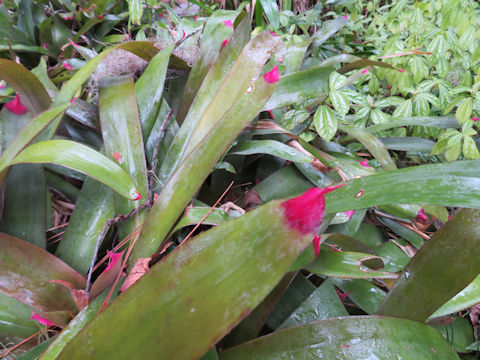 |




|

|
uWÌIfWlCBª´YÅ·BMÑJÑɶ¦A³ÍSOZ`ÉÈèÜ·BtÍRóÅ[bgð`¬µAtÌÍÔFëܷBÄÉÍÔFâFÌätðàÂAÂF̬³ÈÔð穹ܷB·ÑnæÅÍÏtA¨ÆµÄÍ|³êAp¤§|¦ïÌK[fbgÜðóܵĢܷB
|

|
pCibvÈlIQA®ÌíνNÅAw¼Í Neoregelia spectabilisBp¼Í èܹñB
|

|
The Neoregelia spectabilis belongs to Bromeliaceae (the Pineapple family). It is an evergreen perennial herb that is native to the state of Rio de Janeiro, Brazil. It grows in tropical rainforests and is up to 40 cm tall. The leaves are cordate and form rosettes with reddish margins. In summer, it produces small blue flowers with red or purple bract leaves. It is grown as an ornamental plant in temperate regions and has won the Royal Horticultural Society's Award of Garden Merit.
|

|
AJEt_BuJipnA¨vÉÄA2024N0111úBeB(photo by Jon Suehiro)
|

